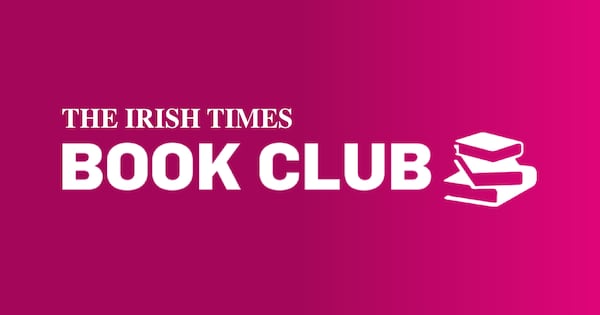Fahmi Alqhai
St John’s Priory, Kilkenny
★★★☆☆
Fahmi Alqhai, who was born in Seville to a Syrian father and Palestinian mother, is a proselytising viola da gamba player of considerable passion. In the first of two solo concerts at St John’s Priory for Kilkenny Arts Festival, he stuck to the agenda of his 2013 album, A piacere.
The viola da gamba, or viol as it is called in English, is a fretted, six-stringed, flat-backed instrument with a tone more husky, nasal and plaintive than the violin’s. Unlike the instruments of the violin family, viols are always played vertically, even the shortest of them, hence the gamba in the Italian name.
Alqhai believes that there was “no sound, social class or musical style” that was alien to the gamba. And, as there are far more variations in the gamba family than in that of the violin, he suggests that, “rather than a single instrument, we should speak of a whole world of instruments: this is revealed by historical iconography, that is, the dozens of paintings and engravings that portray it, in which no single model is ever repeated”.
Alqhai perceives his instrument, which disappeared from musical life for about 150 years, as having “embedded a specific aesthetic in the collective imagination from its final period of splendour in the France of Louis XV: that of an intimate, decadent and melancholic instrument; and this image remains relevant today as its primary essence”.
Ed Sheeran at 3Arena review: Pop’s everyman superstar serves up Christmas bangers and beige ballads
The Music Quiz: Which Van Morrison song did Bob Dylan encore with at Belfast’s Waterfront Hall?
All Together Now 2026: Kneecap announced as headline act for Co Waterford festival
The Wolfe Tones announce Dublin 2026 summer shows
His goal is to set the story straight, to show the instrument in all its flavours and guises and in a wide range of repertoire. It was curious, then, that he chose to frame his Kilkenny programme with pieces that weren’t actually written for the gamba. He opened with colourful arrangements of three guitar pieces by Gaspar Sanz, Marizápalos, Mariona and Canarios, because no gamba pieces featuring those dances are to be found. The closing Canarios gave a good flavour of the way he likes to depart from the written score, in this case taking the music into places that were decidedly more 21st century than baroque.
And he ended in a similar vein, with a gamba version of a Jimi Hendrix classic, Purple Haze, but in an enfeebled style which indicated that his instrument does not actually have the means to suggest, let alone deliver anything of the earthy gutsiness of the original. This polite Purple Haze was also a pallid one. Alqhai gave the impression of being happiest when his fingers were busiest, though in more inward-looking music his tone lacked focus and point.
At the heart of the programme he placed original solo pieces by Tobias Hume (ca 1569-1645), and arrangements of Monsieur de Sainte-Colombe (ca 1640-ca 1700), Sainte-Colombe’s pupil Marin Marais (1656-1728) and Antoine Forqueray (1672-1745).
Hume was a professional soldier and an amateur composer in the best sense, an experimentalist whose work is full of surprises. It’s always a pleasure to meet his work in concert. Sainte-Colombe and Marais are giants of the French musical world, but the plum offering this time turned out to be Alqhai’s version of a Chaconne by Forqueray, La Morangis ou La Plissay, where the music and the soft-toned, flighty player seemed most in balance.











